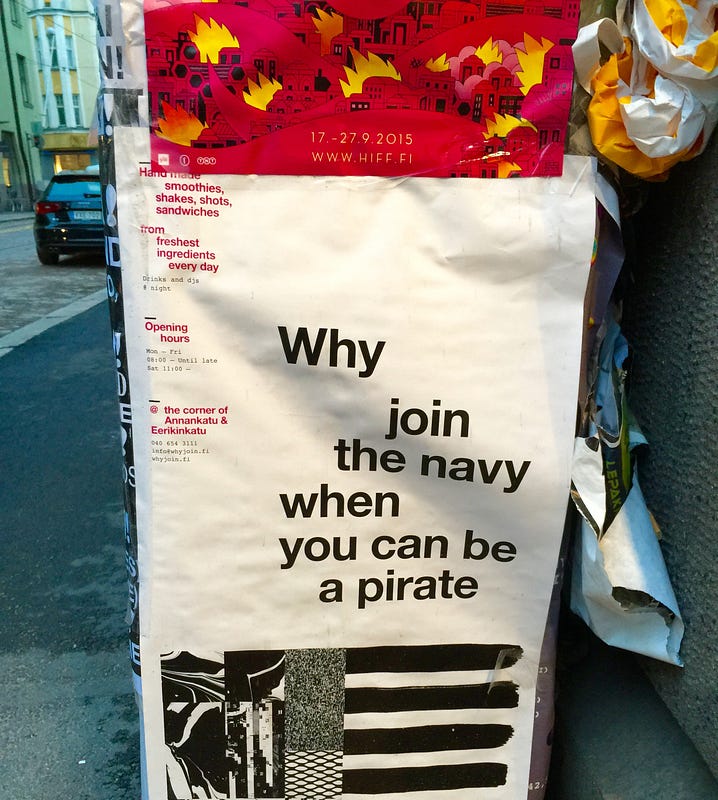Ontem escrevi "Uma redefinição da identidade ao vivo e a cores" sobre a reformulação da estratégia da Unilever e suas consequências para a sua identidade.
Agora, escrevo sobre outra redefinição de identidade em curso, os vinhos franceses e uma certa identidade agrícola francesa, com base em "Vineyards are disappearing in France" na revista The Economist desta semana.
O artigo descreve o desaparecimento progressivo das vinhas no Languedoc-Roussillon, uma das maiores regiões produtoras de vinho de França. A paisagem, antes preenchida por vinha contínua, está a transformar-se num mosaico de campos abandonados, raízes arrancadas e novas culturas mais resistentes à seca.
A região enfrenta uma combinação de factores: secas persistentes, falta de água para rega, aumento dos custos de produção e um declínio global no consumo de vinho — especialmente entre os jovens franceses. Os agricultores sobrevivem como podem, alguns arrancando vinhas com apoio estatal, outros convertendo-se a culturas alternativas. O sector tenta adaptar-se mudando para vinhos mais premium, naturais ou biológicos, mas o movimento é insuficiente para travar o desaparecimento. [Moi ici: Falta-lhes um ministro da Agricultura como o português, que já nos habituou ao discurso de que vai salvar o vinho do Douro. Claro que estou a ser irónico.]
"This year farmers have ripped out 14% of vines in the department of Pyrénées-Orientales, which surrounds Perpignan. It is a secular trend. Between 2000 and 2020 the department lost nearly half its vines."
Façamos o paralelismo com a Unilever.
Tal como algumas categorias da Unilever, o "vinho de entrada de gama" está em:
- declínio estrutural,
- com consumidores mais jovens que não se identificam,
- concorrência intensa de outras bebidas, e
- preferências a deslocarem-se para menos volume e mais qualidade.
A estratégia racional passa a ser: "concentrar onde posso ganhar amanhã". A Unilever está a focar-se em segmentos com crescimento real:
- beleza,
- skin care, e
- cuidados pessoais premium.
O equivalente para os vinicultores seria:
- vinhos premium,
- vinhos naturais/biológicos com preço superior,
- novas castas resistentes à seca,
- diversificação para azeite, pistácio, pomares ou frutos mediterrânicos.
Foco nos segmentos que pagam margens, não nos que pagam nostalgia.
Se o Languedoc quiser sobreviver, tem de fazer o que a Unilever está a fazer
Três movimentos estratégicos:
- Reduzir o "portfolio agrícola" que já não tem futuro: áreas sem água, castas vulneráveis, vinhos baratos que já ninguém bebe.
- Reinvestir onde há futuro real (vinhos premium, enoturismo, castas resistentes à seca, agricultura de alto valor acrescentado).
- Transformar a paisagem económica e não apenas a paisagem rural
Por cá, enquanto andamos entretidos a dar soro aos produtores de uvas do Douro, adiamos estas decisões difíceis, adiamos estas metamorfoses. Pois, quando uma sociedade rejeita desconforto, reformas, ajustamentos, rupturas curtas para evitar colapsos longos — o campo não se mantém estático: estreita-se. Perdem-se graus de liberdade.
No fundo, tanto a Unilever quanto o Languedoc mostram a mesma lição dura e simples: identidades não são monumentos de pedra, são construções vivas que mudam quando as condições mudam. Quando o clima, os consumidores, os custos e as preferências se reorganizam, a identidade que não souber adaptar-se será, ela própria, arrancada como as velhas vinhas do sul de França. A história dá conforto, mas não paga salários; o passado dá orgulho, mas não garante futuro. Sobrevive quem aceita que a paisagem muda — e age antes de ser obrigado a agir.
E é precisamente aqui que reside o risco português: confundir protecção com preservação e preservação com imobilismo. Socorrer o produtor hoje, não substitui a coragem de redesenhar a identidade agrícola para o amanhã. Tanto o Douro como o Languedoc podem continuar belos — mas só se forem capazes de se tornarem diferentes. Resistir à mudança nunca salvou ninguém; planear a metamorfose, sim. O mundo estreita-se para quem insiste em ficar igual.

%2014.47.jpeg)
%2014.28.jpeg)

%2006.21.jpeg)












